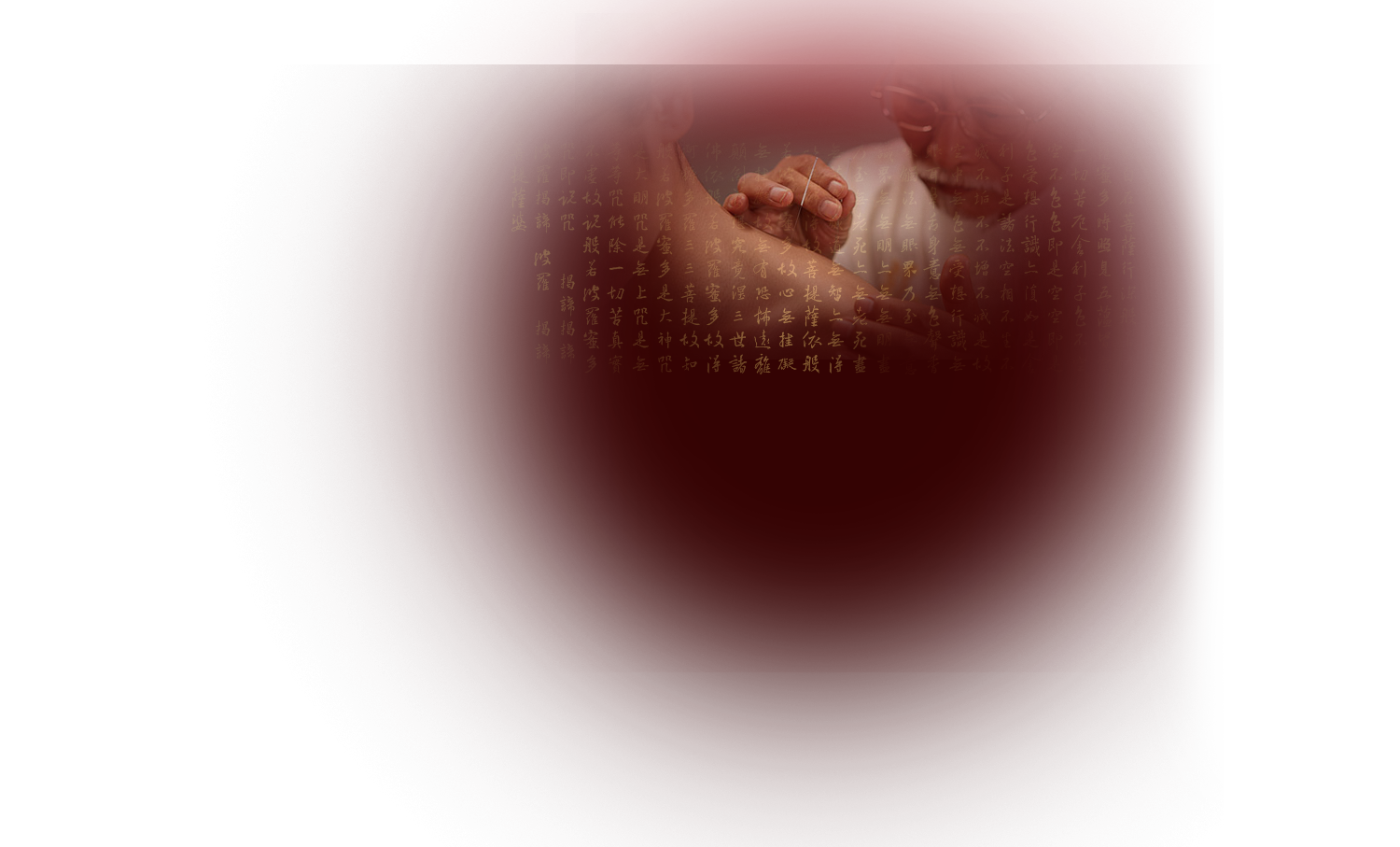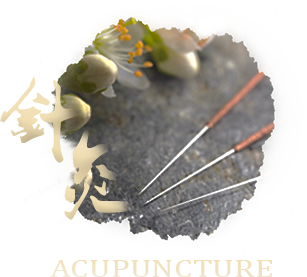
Acupuncture
- Sterile, Disposable Needles
- Relatively Painless
- Needleless Technique Available
- Treatment and Preventative Care

Acupuncture is one of the most recognized of TCM therapies. It refers to the insertion of fine, sterile needles in order to control the flow of Qi (energy) through the pathways or meridians of the body. Often Acupuncture is combined with Moxibustion therapy, or the burning of Moxa or Artemisia at acupuncture points. The two combined are referred to as Acu-moxa therapy.
When the human body is diseased, the Qi and blood that flow along the meridian pathways get blocked or depleted. Meridians can be influenced by Acupuncture needling, unblocking the obstruction within the meridian circulation and releasing the regular flow of Qi, blood, fluid, and moisture. According to Chinese Medical theory, puncturing a needle at specific points can clear the meridians and cure disease.
Acupuncture is normally applied to the body, scalp, and ear. Needles penetrate the skin at varying lengths from millimeters to a few inches depending on the thickness of flesh and muscle at a given location. Needles inserted into the body have the largest clinical application. The head or scalp needles are mostly adopted in the treatment of nervous system diseases and pain management, while ear Acupuncture, also known as auriculotherapy, is often used in the treatment of endocrine system diseases and psychological disorders. Like reflexology, auricular Acupuncture points correspond to specific areas of the body. These micro-system modalities have their own unique indications and are used in different cases in the clinic according to the practitioner's discretion. In recent years, ear Acupuncture has also been used for weight control, smoking cessation, and detoxification.
Acupuncture therapy can also include electro-stimulation, the use of mild low-voltage electrical stimulation on Acupuncture needles. This method is generally used for analgesia.
Acupuncture is a well-established medical procedure that is safe and effective when practiced by a trained professional. The acupuncturist inserts small, disposable metal needles in the body along the intricate network of meridians or channels. It works by stimulating the body's own restorative and recuperative powers so that good health can be restored. Many people are surprised that Acupuncture is employed successfully in both acute and chronic conditions, ranging from such mild issues as headaches to serious medical conditions.
The primary concern of many patients is usually the following question: Is Acupuncture painful? Acupuncture is relatively painless and produces no side effects. However, on occasion, a needle placed in a hair follicle can cause pain. If that happens, tell your practitioner and he or she will re-position the needle. Since Acupuncture needles have very thin gauges compared to hypodermic needles, only a minimal pinch is felt as the needle breaks through the skin. After the needles are inserted to the proper depth, the patient may feel tingling of the skin, distention, soreness or pressure radiating from the Acupuncture point. In fact, the correct needle sensation creates a dull, heavy distention, which is well tolerated by adults and children alike. Patients' fears usually subside after their first treatment. Of course, laser, electrode and finger Acupuncture can be applied instead of needles, for those patients who are very sensitive to needle sensation. For children under 10 years of age, Acupressure is often substituted for Acupuncture to achieve nearly the same therapeutic effect.
Patients often wonder whether they can visit a TCM practitioner even if they show no obvious signs of disease. The purpose of visiting a Chinese medical practitioner is not merely to treat an ailment, but more importantly, to support the body's source of Qi and blood so that disease may be prevented. Acupuncture restores balance and prevents disease. Patients who are susceptible to seasonal health conditions like asthma and hay fever, or those who are vulnerable to occupational/professional hazards like carpal tunnel syndrome and back pain, may benefit from preventive care.
The duration and frequency of Acupuncture treatments vary depending on the specific condition and the patient's overall constitution. Acupuncture treatments normally take approximately one hour per session. Results may be felt immediately for acute conditions, or may require several visits for chronic complaints. Depending on the severity of the complaint and the extent to which living patterns exacerbate the problem, a course of treatments can range from six to ten visits. Initially, we suggest treatments twice weekly until symptoms improve, then once a week as the condition subsides. When symptoms are under control, monthly maintenance care is recommended.
Patients should not undergo Acupuncture treatment on an empty stomach as dizziness or fainting can result. If you have Hepatitis or HIV/AIDS, please inform your practitioner so that he or she can help you manage your condition more successfully. Pregnant women should advise their practitioner so stimulation of certain Acupuncture points is avoided. Lastly, menstruating women should also inform their doctor so needle stimulation is reduced.
If you are sensitive to needles, your practitioner can use a special tens machine-like patch instead. For patients who do not want Acupuncture and for children under 10 years of age, we recommend Acupressure - a form of finger pressure on points along the body to treat conditions using the same pathways as those used in Acupuncture treatment.
![]()
